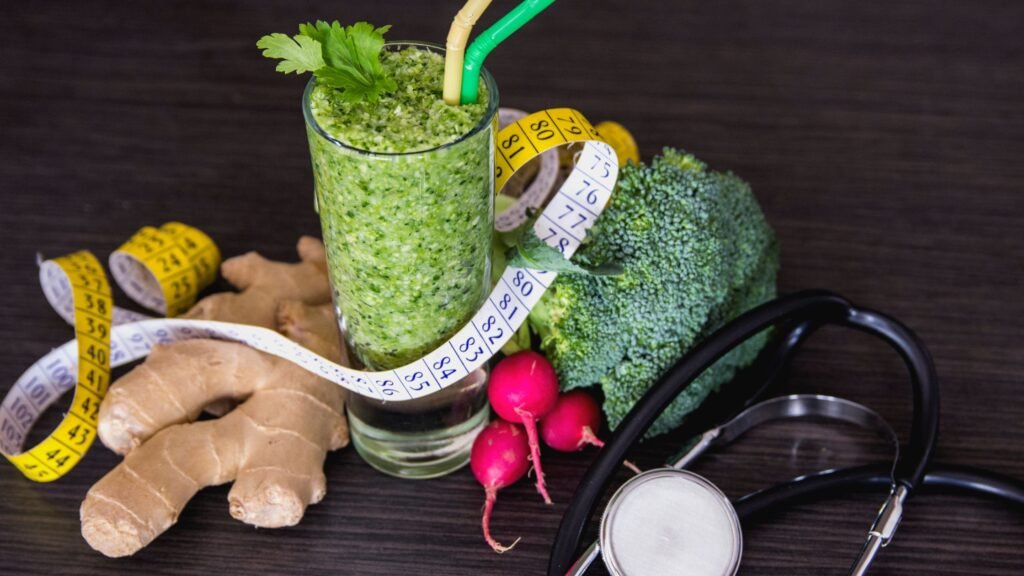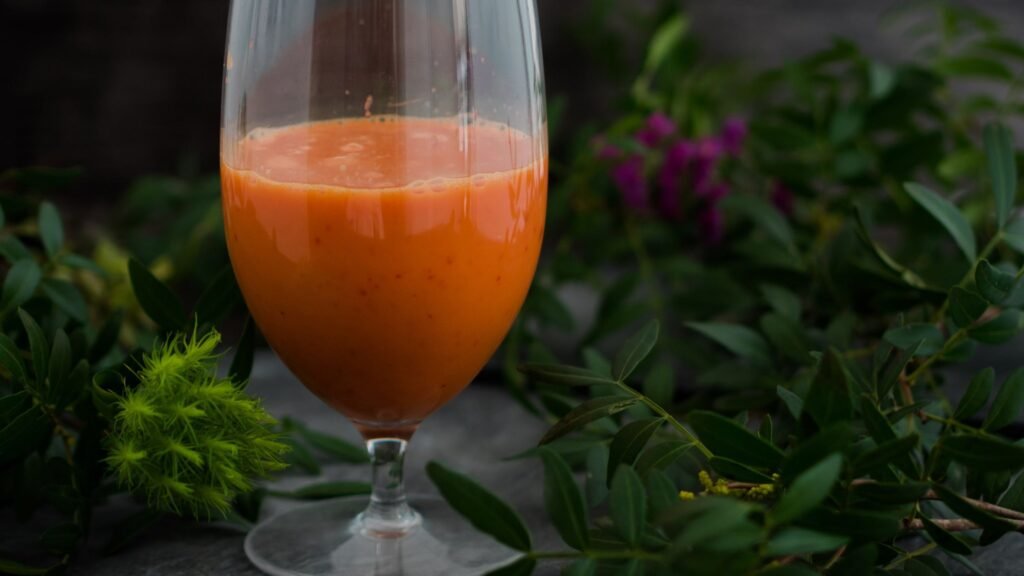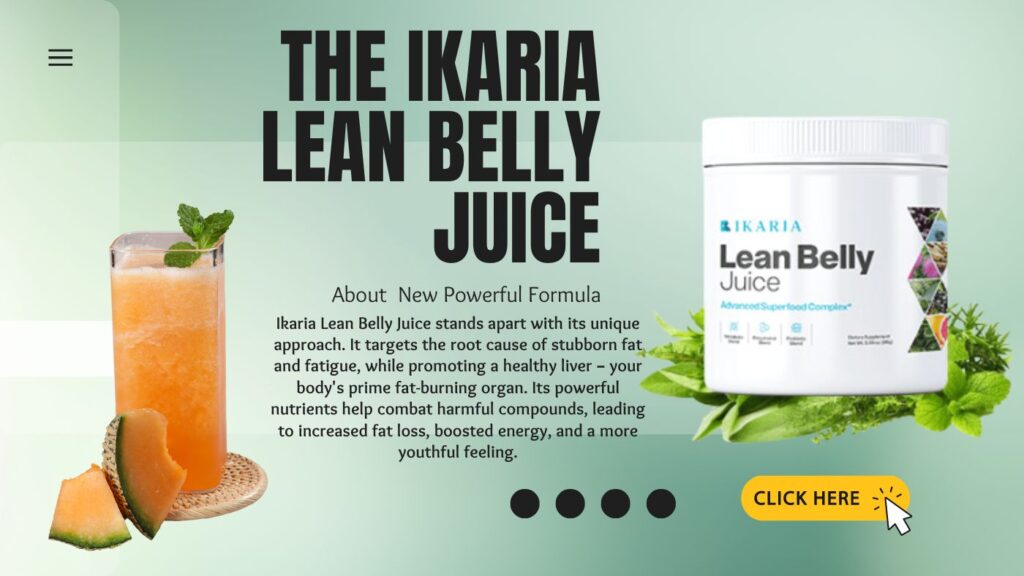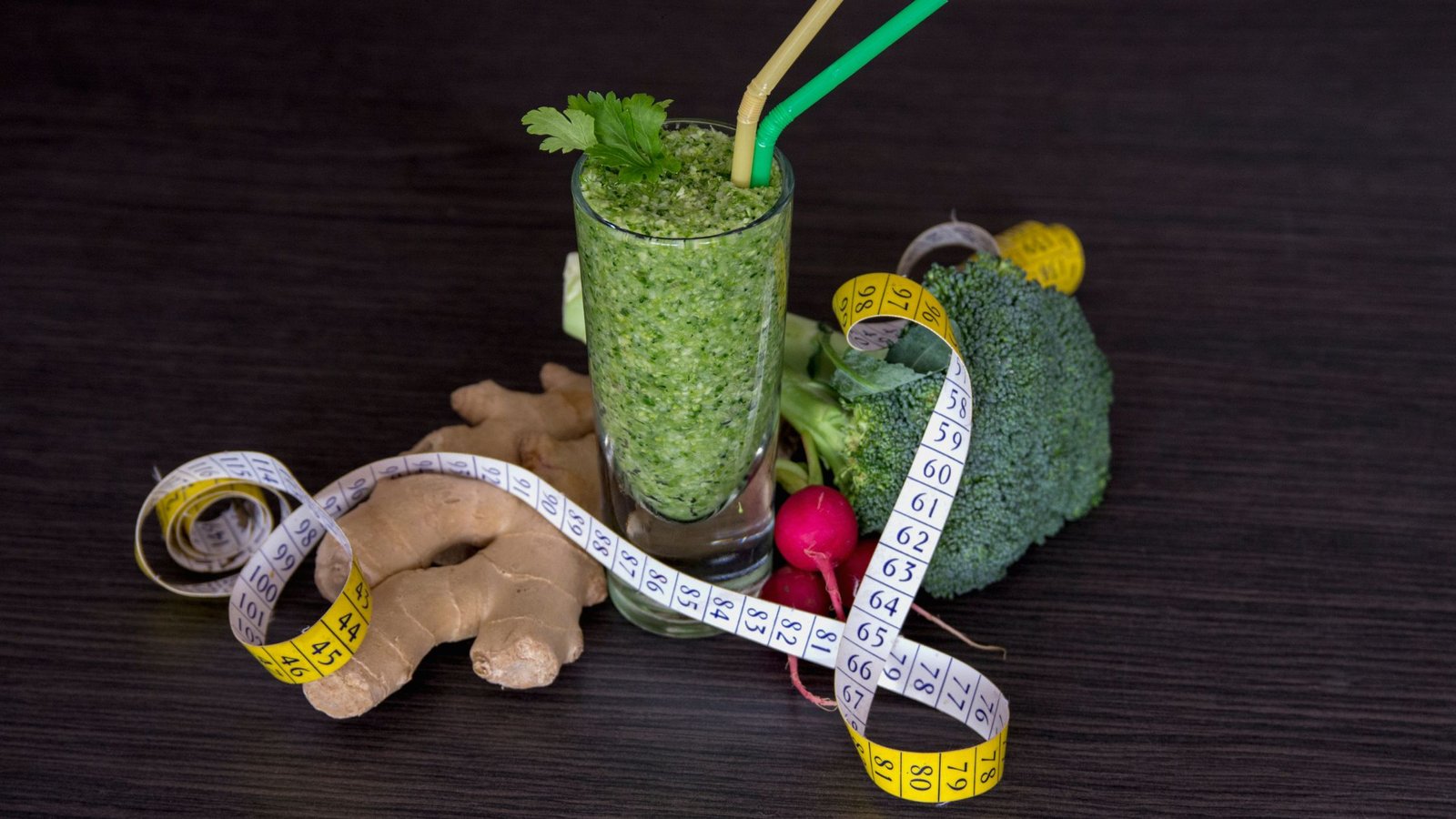Embarking on a weight loss journey often involves reassessing one’s diet and incorporating new, healthful habits. Juice recipes have emerged as a popular component in many weight loss plans due to their convenience and the ability to pack a multitude of nutrients into a single glass. Juicing can aid in weight loss by providing essential vitamins and minerals while keeping calorie intake low. The effectiveness of these beverages, however, is highly dependent on choosing the right ingredients and understanding their health benefits.

Crafting the perfect juice recipe for weight loss entails more than just flavor; it requires a strategic blend of fruits and vegetables that can boost metabolism, enhance digestion, and satiate cravings without excess sugar. Whether it’s a tangy citrus blend to kick-start the morning or a deep green concoction loaded with fibrous leafy vegetables, every ingredient is selected to support a healthy diet. Additionally, practical juicing tips and frequently asked questions are essential to tailor the juicing experience to individual needs, ensuring both nutritional value and delicious taste.
Key Takeaways
- Juicing can support weight loss when integrated into a balanced diet with the correct ingredients.
- Carefully designed juice recipes can provide essential nutrients while helping to manage daily caloric intake.
- Successful juicing for weight loss also involves understanding the process, the health benefits, and practical tips.
Understanding Juicing and Weight Loss
Juicing for weight loss has gained popularity as it can provide a nutrient-dense beverage that is typically low in calories. However, it’s important to understand the science behind juicing and how it differs from blending in order to maximize the potential benefits.
Science Behind Juicing for Weight Loss
Juicing extracts the liquid from fruits and vegetables, leaving behind the pulp, which contains fiber. The idea is that consuming the nutrient-dense juice can increase vitamin and mineral intake while being low in calories, which can support weight loss efforts. However, the lack of fiber means that juice is digested rapidly, potentially causing spikes in blood sugar levels. For this reason, it’s vital to judiciously choose fruits and vegetables that are lower in sugar when making weight loss juices. Integrating vegetables like spinach or kale can add essential nutrients without significantly increasing the calorie count.
Juicing Versus Blending
When it comes to juicing versus blending, the key difference lies in the fiber content. Blending retains the fiber from the whole food, which can aid in satiety and help regulate blood sugar levels. This can be especially important for weight management, as fiber helps to slow digestion and can lead to feeling full for longer. On the other hand, juicing provides a very concentrated source of nutrients that can be beneficial for those looking to increase their vitamin and mineral intake without a significant increase in calories, which can be a potential advantage for those aiming for weight loss. However, it is important to be mindful of the sugar content of the chosen fruits and vegetables.
Selecting the Right Ingredients

The right ingredients are key in creating healthy juice recipes for weight loss. They should be high in vitamins, minerals, and antioxidants while being low in calories. Choosing the best fruits and vegetables can enhance the nutritional value and improve the efficacy of the juice for weight loss.
Best Fruits for Weight Loss
- Apples: High in fiber and low in calories, they are ideal for a feeling of fullness.
- Berries: Berries such as raspberries and strawberries are low in sugar and rich in antioxidants.
- Grapefruit: Loaded with vitamin C and potentially aiding in fat burning.
Best Vegetables for Weight Loss
- Cucumbers: Highly hydrating and low in calories.
- Celery: Contains potassium and can help reduce water retention.
- Carrots: Rich in vitamin A while being low in calories and high in fiber.
Incorporating Leafy Greens
- Spinach: Provides a high dose of vitamins and fiber.
- Kale: Offers vitamins A and C along with calcium and other minerals.
Leafy greens should be an integral part of weight loss juices, contributing to overall nutrient density and potential detoxification benefits.
Designing Your Juice Recipes

When crafting juice recipes for weight loss, the focus should be on finding the right balance of flavors and nutrients while ensuring the calorie content remains low. It’s also key to use fresh, whole fruits and vegetables to maximize health benefits.
Balancing Flavors and Nutrients
A well-designed juice recipe offers a harmony between tart, sweet, and earthy flavors, which can be achieved by juicing a mix of fruits and vegetables. Lemon and lime add a refreshing citrus note, which can complement the natural sweetness of apples or the subtle sharpness of beets. Spinach provides a mild, leafy backdrop allowing the vibrant flavors of other produce to shine through. Here are a few combinations to consider:
- Carrot and Apple Juice: Carrots are not only sweet but packed with nutrients, while apples add a fruity zing.
- Beet and Lemon Juice: Beets have an earthy taste which, when balanced with a squeeze of lemon, result in a refreshing and nutrient-dense drink.
Incorporating these ingredients into juicing recipes for weight loss not only diversifies the flavor profile but also ensures a broad range of vitamins and minerals.
Creating Low-Calorie Juice Options
To make low-calorie juicing options, one should be mindful of the sugar content in the chosen fruits and vegetables. Opting for green juices is a prudent choice as they are typically lower in calories and sugar:
- Spinach and Cucumber Juice: With both ingredients being low in calories, this juice can be a staple in any weight loss regimen.
- Watermelon and Lime Juice: Watermelon is hydrating and has a modest calorie count, while lime provides a burst of flavor without added sugars.
It’s essential to remember that the best homemade juice is one that fits individual dietary needs while still being enjoyable to drink. By carefully selecting ingredients like cucumber, spinach, and carrots and pairing them with a clever use of citrus, one can create fresh juice options that support weight loss without compromising on taste or nutrition.
Juicing for Optimal Health

Juicing can be an excellent way to enhance overall health, particularly by supporting digestive health, strengthening the immune system, and aiding in detoxification. Specific ingredients in juices have been known to offer a variety of health benefits. Here’s how incorporating certain juice recipes can contribute to these health aspects.
Enhancing Digestion and Gut Health
Many juices facilitate better digestion due to their high enzyme content, especially when they include ingredients like pineapple and papaya, which contain the digestive enzymes bromelain and papain. For instance, a pineapple cucumber juice recipe not only helps with digestion but is also hydrating and offers a blend of nutrients beneficial for gut health. Vegetables like spinach and parsley, often used in green juices, add fiber and can promote gut regularity.
Boosting the Immune System
Fresh juices can be packed with vitamins and minerals, such as vitamin C from citrus fruits, which are vital for a healthy immune system. A nutrient-dense juice made with oranges, carrots, and ginger can provide anti-inflammatory benefits and bolster the body’s defenses against illness.
Detoxification and Hydration
Incorporating ingredients with high water content, along with powerful detoxifying agents like lemon or ginger, makes for an excellent hydration and cleansing drink. Recipes like a spinach-apple green juice not only hydrate but also assist in flushing out toxins, thanks to the detoxification properties of greens and the diuretic effects of apple. Hydration is crucial for optimal health, and vegetable-based juices serve this purpose while also offering additional nutrients.
Practical Tips for Juicing

When embarking on a juicing journey for weight loss, it’s crucial to have the right tools, prepare ingredients efficiently, and store juices correctly to maintain their nutritional value.
Choosing the Right Equipment
Selecting the best juicer depends on one’s needs and the types of juices they plan to make. A masticating juicer is ideal for green leafy vegetables and yields more juice, which is perfect for weight loss regimes. It operates at a slower speed, which helps to preserve nutrients. On the other hand, a centrifugal juicer works faster and may be more suitable for those who are short on time, although it might not extract as much from leafy greens. Beginners might find a simple, easy-to-clean model more encouraging as they start making homemade juices.
Preparing Ingredients
Preparation is key to a smooth juicing experience. One should always:
- Wash all fruits and vegetables thoroughly to remove pesticides and dirt.
- Cut ingredients into sizes that will fit easily through the juicer’s chute.
- Remove pits and hard seeds from fruits like peaches and cherries to prevent damage to the equipment.
- For optimal nutrient intake, peel non-organic citrus fruits to avoid bitter flavors and potential pesticides in the skin.
Peeling can be optional for organic produce since the skin contains nutrients and fiber.
Storing Homemade Juices
Storage is fundamental to preserving the freshness and nutritional quality of homemade juices. Fresh juices should be consumed immediately, but if one needs to store them, here are the best practices:
- Store juice in tightly sealed containers to minimize oxidation and nutrient loss.
- Use glass containers over plastic to avoid chemical leaching and to preserve flavor.
- Refrigerate juices immediately and consume within 24 hours for best quality.
- Freezing is an option for longer storage, but be sure to leave room in the container for expansion.
By paying attention to these practical tips, anyone can make the most of their juicing experience and enjoy the health benefits of fresh, nutrient-rich juices.
Frequently Asked Questions
This section addresses common queries around crafting juice recipes that support weight management and provide an energy boost.
What are the top juice recipes for boosting weight loss and energy?
Some of the most effective juice recipes combine ingredients such as leafy greens, citrus fruits, and ginger for their metabolism-boosting properties. A popular choice is the Pineapple Cucumber Ginger Lemon Weight Loss Juice that blends hydrating and alkalizing ingredients.
How can morning juices be formulated for optimal weight loss?
Morning juices should contain a balance of low-calorie, high-fiber fruits and vegetables. Greens like spinach or kale are ideal, with a portion of citrus or apple to improve flavor and vitamin C content, facilitating optimal weight management in the morning.
Which ingredients should be included in juices to target belly fat reduction?
Juices targeting belly fat often include ingredients such as cucumbers, celery, citrus fruits, and herbs like parsley or mint. These components support digestion and can help reduce bloat, which is essential for decreasing belly fat.
Are there any juice detoxes particularly effective for achieving a flat stomach?
While no juice detox can guarantee a flat stomach, certain ingredients promote healthy digestion and detoxification. For example, including apple cider vinegar or lemons in a juice mix can support the digestive system, as seen in juice recipes from Vibrant Happy Healthy.
How frequently should I consume juices as part of a diet to effectively lose weight?
Individuals should consume juices in moderation, as part of a balanced diet. One to two servings a day can complement meals without excess calories or sugar, particularly when using more vegetables than fruits in the juice blend.
What are some simple and quick juice recipes that can aid in weight loss?
Quick weight loss juice recipes often involve a few readily available ingredients like greens, lemon, and ginger. The Apple & Spinach Juice Recipe offered by Vibrant Happy Healthy is an example, requiring minimal prep time and providing a rich fiber content.
